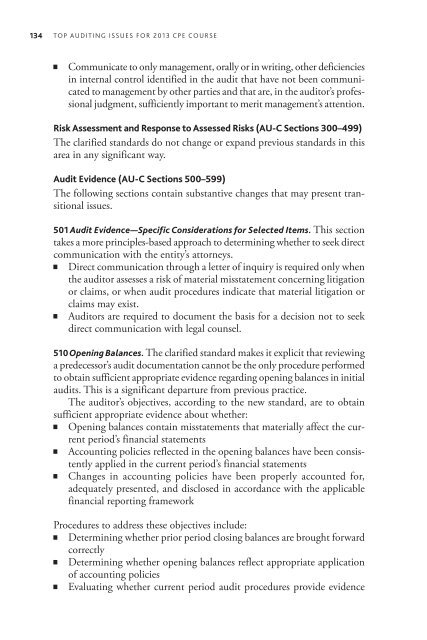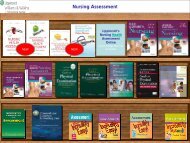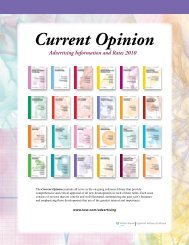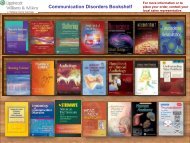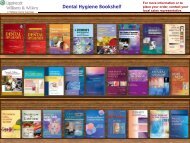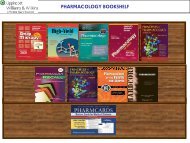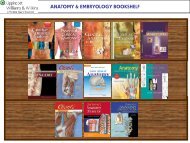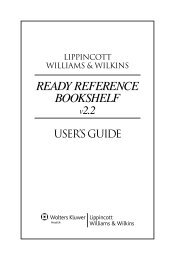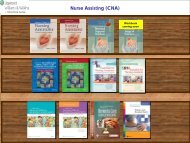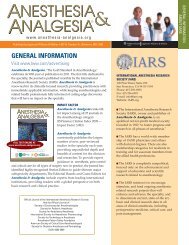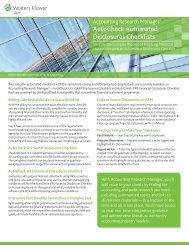TOP AUDITING ISSUES FOR 2013 - CCH
TOP AUDITING ISSUES FOR 2013 - CCH
TOP AUDITING ISSUES FOR 2013 - CCH
You also want an ePaper? Increase the reach of your titles
YUMPU automatically turns print PDFs into web optimized ePapers that Google loves.
134<br />
<strong>TOP</strong> <strong>AUDITING</strong> <strong>ISSUES</strong> <strong>FOR</strong> <strong>2013</strong> CPE COURSE<br />
Communicate to only management, orally or in writing, other deficiencies<br />
in internal control identified in the audit that have not been communicated<br />
to management by other parties and that are, in the auditor’s professional<br />
judgment, sufficiently important to merit management’s attention.<br />
Risk Assessment and Response to Assessed Risks (AU-C Sections 300–499)<br />
The clarified standards do not change or expand previous standards in this<br />
area in any significant way.<br />
Audit Evidence (AU-C Sections 500–599)<br />
The following sections contain substantive changes that may present transitional<br />
issues.<br />
501 Audit Evidence—Specific Considerations for Selected Items. This section<br />
takes a more principles-based approach to determining whether to seek direct<br />
communication with the entity’s attorneys.<br />
Direct communication through a letter of inquiry is required only when<br />
the auditor assesses a risk of material misstatement concerning litigation<br />
or claims, or when audit procedures indicate that material litigation or<br />
claims may exist.<br />
Auditors are required to document the basis for a decision not to seek<br />
direct communication with legal counsel.<br />
510 Opening Balances. The clarified standard makes it explicit that reviewing<br />
a predecessor’s audit documentation cannot be the only procedure performed<br />
to obtain sufficient appropriate evidence regarding opening balances in initial<br />
audits. This is a significant departure from previous practice.<br />
The auditor’s objectives, according to the new standard, are to obtain<br />
sufficient appropriate evidence about whether:<br />
Opening balances contain misstatements that materially affect the current<br />
period’s financial statements<br />
Accounting policies reflected in the opening balances have been consistently<br />
applied in the current period’s financial statements<br />
Changes in accounting policies have been properly accounted for,<br />
adequately presented, and disclosed in accordance with the applicable<br />
financial reporting framework<br />
Procedures to address these objectives include:<br />
Determining whether prior period closing balances are brought forward<br />
correctly<br />
Determining whether opening balances reflect appropriate application<br />
of accounting policies<br />
Evaluating whether current period audit procedures provide evidence


